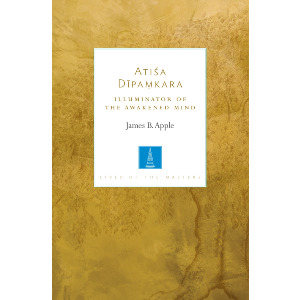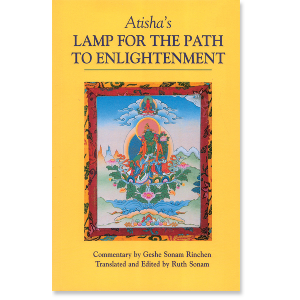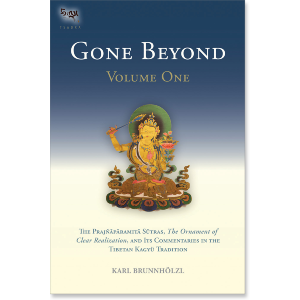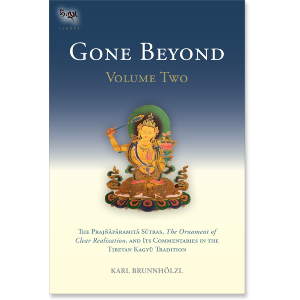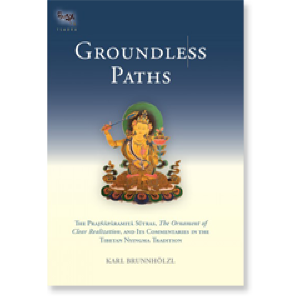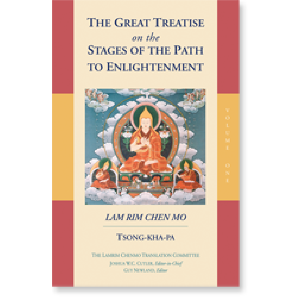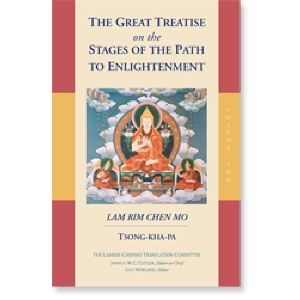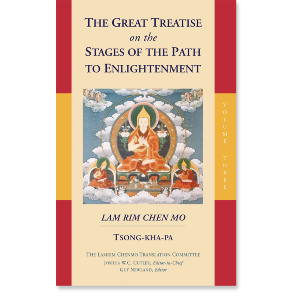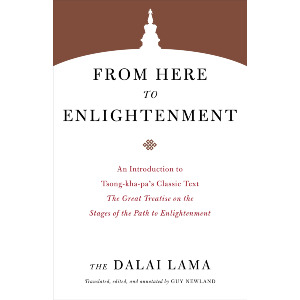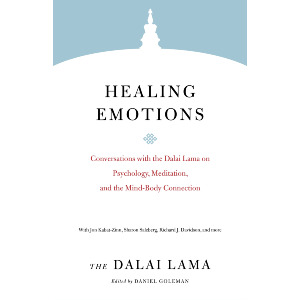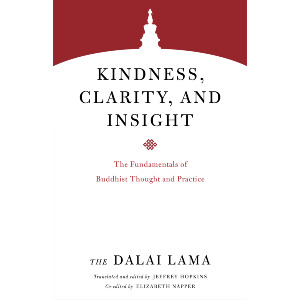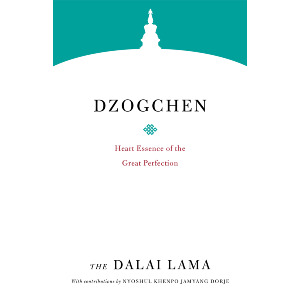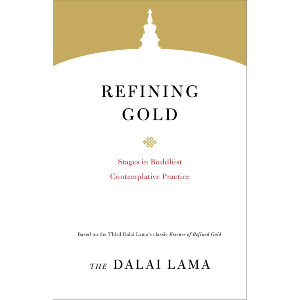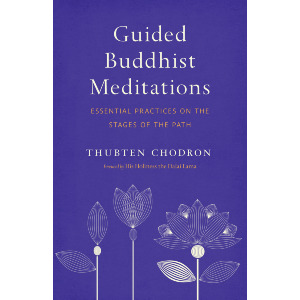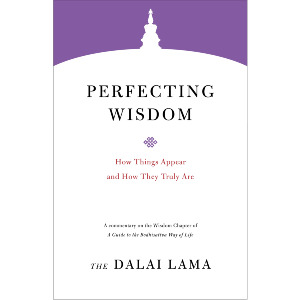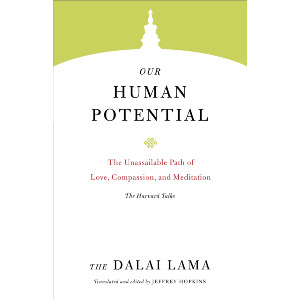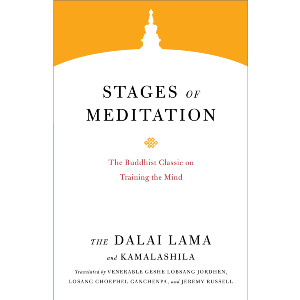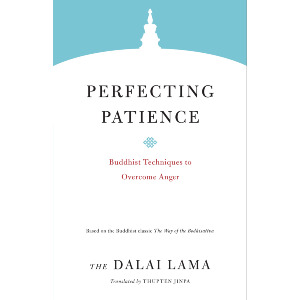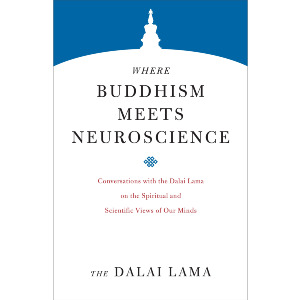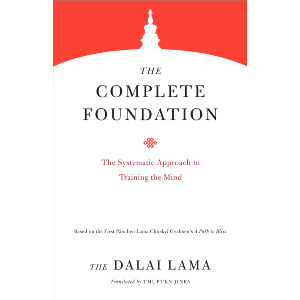This article on reliance on a teacher originally appeared in the Snow Lion newsletter, Vol 12 #4, Fall 1997
Answers to Questions at the Tibetan Buddhist Learning Center, Washington, New Jersey, September 1990
Joshua Cutler: Americans in general are very wary of relying on one person and giving that person a lot of power and control. This is difficult for American people. But on the other hand, I know that, when the teaching was coming from India to Tibet, Atisha was asked by Dromtonpa, "How is it that we Tibetans have such a good knowledge of the teachings yet no one has produced any of the realizations of the grounds and the paths?" Atisha replied that it was because Tibetans were still viewing the teacher as an ordinary person. It’s very clear to me that this teaching of faith in the spiritual teacher is the very foundation of the teaching being able to grow in this country, but there is a problem because many spiritual teachers have abused their students and so people are very suspicious of teachers. Could Your Holiness please give us guidance on this practice of relying upon the spiritual teacher?
His Holiness the Dalai Lama: Atisha explicitly mentions that all the Great Vehicle realizations, be they great or small, depend on proper reliance upon a spiritual teacher. He then says that as the Tibetans view their lamas as only ordinary persons, they are not attaining realizations. His advice applies to Great Vehicle realizations.
But in giving a general explanation of Buddha’s doctrine, we have to include both the Great and Hearer Vehicles. Therefore, take for example the solitary realizers. In Maitreya’s Abhisamayalamkara, which is the root text of the lam rim lineage, he specifically mentions that solitary realizers achieve their liberation without relying on verbal guidance from another person. They attain their realizations mainly through their own introspective reflections. So we must make a distinction between general realizations and Great Vehicle realizations.
Therefore, it is in the practice of the Great Vehicle path, particularly in the practice of Great Vehicle’s tantric path, that reliance on spiritual guidance becomes indispensable. Why is this so? In my estimation, a general understanding of the framework of the Buddhist path that is common to both the Great and Hearer vehicles is something that we can develop quite clearly on our own by reading, introspective reflections, and so on. When practicing and developing the realizations of the Great Vehicle path, however, we cannot always take the Great Vehicle sutras literally. There are various levels of meaning—the literal, the interpretable, and the final meaning. There are also many differences when we consider the traditions of the different monasteries. For example, Buddha taught the selflessness of phenomena in the Perfection of Wisdom Sutras, his definitive or principal teaching. The commentaries on his thought in these sutras differ in their explanation of emptiness. Therefore, in order to unravel the various intricacies in the meaning of these sutras, it is very helpful to hear the explanation of a qualified lama. Especially in the case of tantra, where there is special emphasis on using one’s afflictive emotions in the path, seeking proper guidance from someone who has actual and exact experience in this path is indispensable. Otherwise it is difficult for religious practice to be helpful. Rather, it will be only dangerous.
$54.95 - Hardcover
$44.95 - Hardcover
$54.95 - Hardcover
In the Great Vehicle literature, such as the Perfection of Wisdom Sutras, there are two levels of meaning— the explicit teaching and the hidden meaning—whereas in the Hearer Vehicle sutras there is no such presentation of two levels of meaning. Therefore Maitreya called his Clear Ornament of Realization (Abhisamayalamkara) (which is a commentary on the Perfection of Wisdom Sutra) a "treatise of quintessential instructions," indicating that it contained instructions that would give us the keys to unlock the hidden meaning within the sutra. For this reason, in order to practice the Great Vehicle it is very important to rely on the spiritual teacher.
However, in the Hearer Vehicle as well, we do find sutras, such as the Sutra on Moral Discipline (Vinayasutra), in which there are instructions to rely first on the lama who teaches moral discipline, and then on other lamas who principally will show the path to liberation. Thus, doesn’t this indicate that the lama is very important?
Since reliance on a lama is a very important factor in spiritual practice, there are detailed presentations of the qualifications that are necessary for such teachers in both the Great Vehicle and Hearer Vehicle scriptures. The import of doing this is to emphasize the point that the spiritual teacher should be someone who will not mislead the students. Particularly, in tantric practice it is explained that the lama and disciple should examine each other for up to twelve years before adopting a teacher-disciple relationship.
Along with the description of the qualifications of the lama that is found in the literature on moral discipline, the question is raised of how to look for such qualities in a person who is a candidate for one’s spiritual teacher. In one of the moral discipline commentaries called The Commentary of Tso-na-wa, a reference to examining the lama can be found at the end of a section commenting on the passage in the Sutra on Moral Discipline which talks about the qualifications that are necessary for an ideal teacher. The author quotes a verse from sutra which says, "Although a fish is hidden below the water, it is revealed by the ripples on the surface." In the same way, we can understand a person’s mental qualities by examining his or her daily behavior, speech, and physical expressions.
For more on the Abhisamayalamkara and the other Five Maitreya Texts, see an interview with Karl Brunnholzl or see him discuss this below:
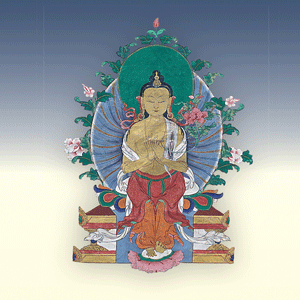
Also, in his Great Exposition of the Stages of the Path to Enlightenment (Lamrim Chenmo)Tsongkhapa presents the method for proper reliance upon the lama and lists the lama’s qualifications, particularly the ten qualifications of a Great Vehicle teacher. In this section Venerable Tsongkhapa responds to a passage from the teachings of Geshe Potawa, the Kadampa master, where the question is raised: "What if the person whom you are thinking of taking on as your spiritual teacher does not possess all these qualifications? What minimum qualifications should we seek in such a person?" Tsong-khapa gives the answer that the most important qualification is compassion for the students. As long as that person has this quality, even a single instruction that the teacher might give will be beneficial to the students. The other nine qualifications, such as skill, are necessary, but compassion is the principal quality required.
In this section Venerable Tsongkhapa also mentions nine attitudes that we must adopt when relating to our lama. To illustrate one of these attitudes, he says that we should behave like very obedient children behave toward their father. Whatever such children do, they always take into consideration the wishes of their father, and totally give themselves over to their father’s control. (This example reflects the way people thought at a certain time in India, not necessarily in today’s America.) Having said that, Venerable Tsongkhapa makes the very significant point that this analogy is made from the viewpoint of how we must relate to a fully qualified lama. He says that it is therefore very important to bear in mind that we should not simply be "led by the nose" by just anyone. In Tibetan these words are very powerful. There is a Tibetan saying that we should not allow just anyone to take the rope which is tied to our nose. This expression might have come from the Tibetan custom of tying a rope through the nose of yaks and other animals to enable the owner to lead the animal anywhere. So Venerable Tsongkhapa’s point is that we should not let just anyone have authority over us. I always refer to this quotation because it is very clear.
Furthermore Venerable Tsongkhapa substantiates his point with a quote from sutra which states, "Act in accord with that which is virtuous; do not accord with that which is not," Then in response to the question, "Is that'only in the case of the sutra path?" Venerable Tsongkhapa answers that it is the same for the tantric path as well, and supports this by citing the following quotation from the Fifty Verses of Guru Devotion, "If we find that [an instruction] is not proper through reasoning, we should say something in reply."
The Great Treatise on the Stages of the Path to Enlightenment (Volume 1)
$34.95 - Paperback
The Great Treatise on the Stages of the Path to Enlightenment (Volume 2)
$28.95 - Paperback
The Great Treatise on the Stages of the Path to Enlightenment (Volume 3)
$34.95 - Paperback
After Venerable Tsongkhapa gives the quote from the Cloud of Jewels Sutra, he mentions that "the meaning of not engaging in that which is improper is clarified in the Twelve Buddha Birth Stories.'' According to the birth story to which Venerable Tsongkhapa refers, Buddha was once born as a brahmin in India. One day his teacher decided to test some of his students, and summoned them to him. He said, "Nowadays I’m having very serious financial problems. Therefore you students should think about my situation."
The students replied, "Now that you are in such difficulty, we will do whatever you ask us to do."
The teacher said, "I should say something to you but you won’t do what I say."
They all protested, "We will certainly do it."
The teacher then said, "It is said, ‘When a brahmin is declining in his fortune, it is virtuous to steal.’ Brahma, the creator of the universe, is the father of all brahmins. When a brahmin is declining in fortune, it is all right to steal, because everything is Brahma’s creation, and the brahmins own those creations. Thus it is said, ‘When a brahmin is declining in his fortune, it is virtuous to steal.’ Therefore, please go and steal something."
Most of the students replied that they would do just as the teacher said, but the student who was to become Shakyamuni Buddha remained silent.
The teacher asked him, "You are my student. When I have such difficulty, why are you not saying anything?"
The student said, "You, my teacher, have instructed us to steal, but according to the general teachings stealing is completely improper. Although you have said to do it, it doesn’t seem right."
The teacher was very pleased and said, "I said this in order to test you all. He is the one who has actually understood my teaching. He has not been led foolishly anywhere like the front of a rivulet of water, but has examined what his teacher has said, and made his own determination. He is the best among my students."
Therefore, if we have understood well the complete approach to the path in the Great Vehicle scriptures, there will be no problems. But the lama also has to be cautious. Therefore as a concluding remark, after mentioning the qualifications of the lama in this section on proper reliance on the spiritual teacher, Venerable Tsongkhapa says that those who wish to seek students and become teachers must examine whether they have all these qualifications, and then achieve those that they lack. Similarly the students who wish to seek a lama must also examine whether the potential lama has these qualifications, and rely on a lama who has them. Otherwise, if the student is ignorant of these factors and then comes into contact with a teacher who is also very presumptuous and greedy, both are put in a very difficult position.
At the end of the section on special insight in the Great Exposition, Venerable Tsongkhapa mentions that if disciples have strong faith but do not have intelligence, they can be led foolishly anywhere, just like the front of a rivulet of water. They will do whatever they are told. We should not be like this.
We should understand these points. So, I think it is very important to make people aware of these points by writing articles in papers, journals, and so on, especially when you know that there is some danger to the integrity of the teachings because of cases where people have taken on the role of teacher and then exploited the trust of their students.
Do you have any further questions regarding this point?
Vikki Urubshurow: In the biography of the famous Naropa there are many seemingly unethical acts. Why is this such an important text?
His Holiness: I always say that if it is a case of the teacher being as highly qualified as Tilopa, and the student being as highly qualified as Naropa, then it is completely exceptional. However, it is very difficult to find a teacher who has such high qualifications as Tilopa and also very difficult to find a student who has the qualifications of Naropa.
There is a Tibetan saying that states, "If the fox tries to jump where the lion can jump, the fox will break its spine."
When teachers give instructions on how to practice proper reliance on the spiritual teacher, they emphasize different points of the practice. Some teachers assume that the teacher and the student have the complete qualifications, and stress following such good examples of the teacher-disciple relationship as those of Naropa and Tilopa, Milarepa and Marpa Lotsawa, and Shon-nu-nor-sang and his teacher. Nowadays, it is a time of unfavorable conditions. Therefore, Venerable Tsongkhapa’s approach is more well-balanced. This is very important to understand.
It is dangerous to assume that you can give instructions on the practice of faith and the use of pure perception (dog snang). Rather it is better that both the teacher and disciple examine one another, using analysis just as we do when studying the philosophical texts. Isn’t this approach much more reliable?
More on the student-teacher relationship:
The Teacher-Student Relationship
$24.95 - Paperback
$18.95 - Paperback
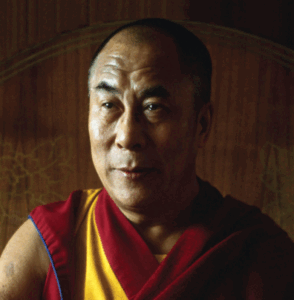 His Holiness the Fourteenth Dalai Lama is considered the foremost Buddhist leader of our time. The exiled spiritual head of the Tibetan people, he is a Nobel Peace Laureate, a Congressional Gold Medal recipient, and a remarkable teacher and scholar who has authored over one hundred books.
His Holiness the Fourteenth Dalai Lama is considered the foremost Buddhist leader of our time. The exiled spiritual head of the Tibetan people, he is a Nobel Peace Laureate, a Congressional Gold Medal recipient, and a remarkable teacher and scholar who has authored over one hundred books.


